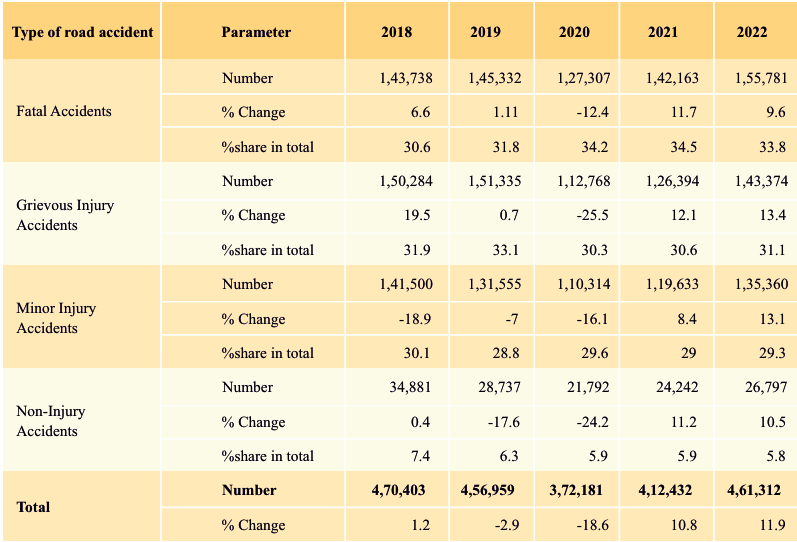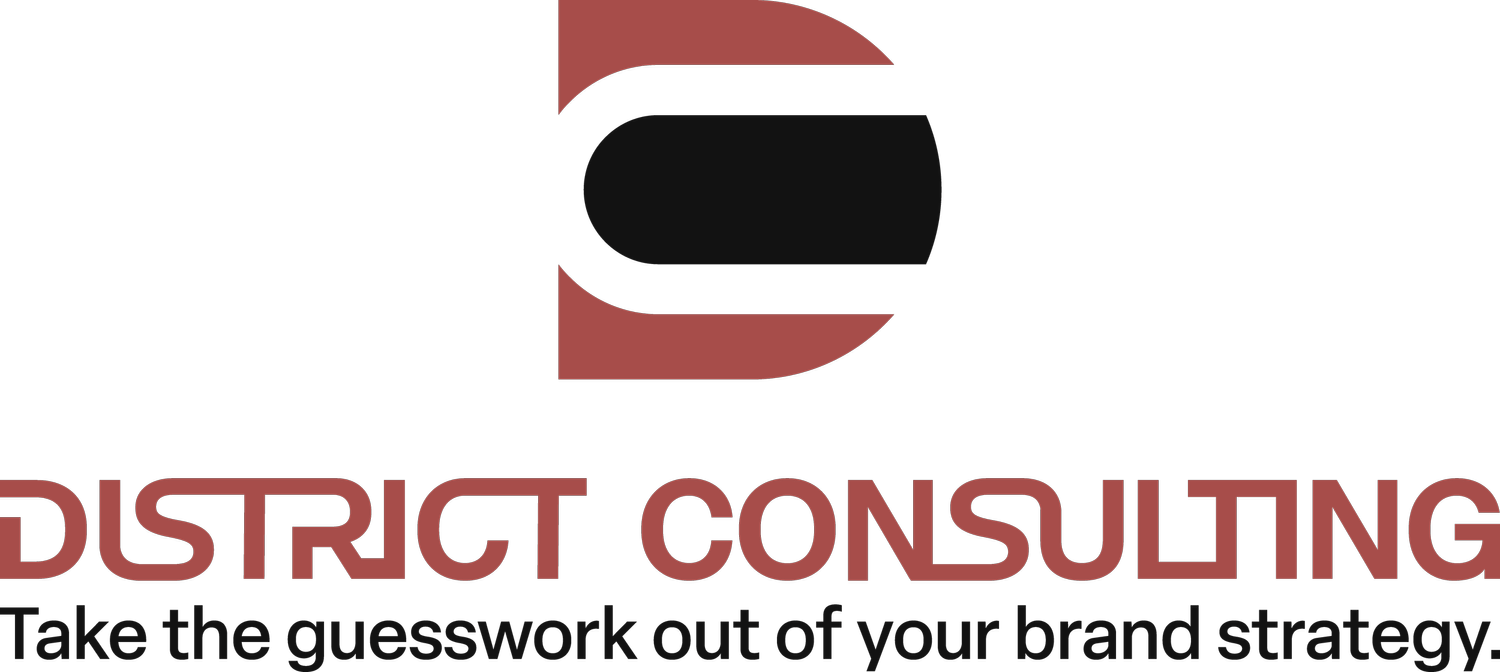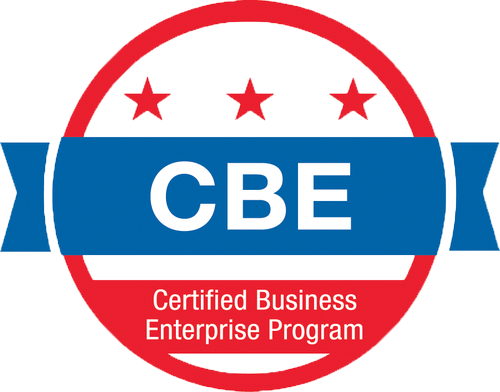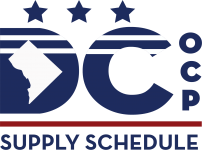Patricia Ann Ball once said, “The mind is a wonderful thing. It starts working the minute you’re born and never stops working until you get up to speak in public.”
That’s the reason why we are putting pressure on practicing your presentation to deliver a powerful performance. To help you with the same, we have divided the process into two critical parts — 1) creating the PPT, and 2) delivering the PPT.
Let’s cut to the chase and discuss them in detail, shall we?
Top Tips to Create Effective Presentation (PPT)
Creating an effective PowerPoint presentation is essential for engaging your audience and conveying your message clearly. Here are seven tips to help you craft a compelling PPT —
1. Simplify Your Content
Note: Less is more. So, focus on key points and avoid overcrowding slides with information. There should be ample white space so that the slides are easy for the eyes to see. Moreover, use concise bullet points and limit each slide to one main idea to enhance clarity and audience retention.
2. Choose Readable Fonts and Sizes
If you ask us, we’d suggest you select clean, sans-serif fonts like Arial or Calibri for readability. When presenting in public, ensure text is large enough to be seen from a distance; a minimum of 18-point font is recommended. Also, consistent font choices throughout the presentation maintain a professional appearance.
3. Utilize High-Quality Visuals
Incorporate relevant images, graphs, and charts to support your message. Ensure visuals are of high quality and directly related to your content, avoiding generic clip art. You can consider downloading relevant stock pictures using sites like Pexels, Unsplash, and more. This approach makes your presentation more engaging and memorable.
4. Maintain Consistent Design
Use a consistent color scheme, font style, and layout throughout your presentation. This uniformity helps in creating a cohesive and professional look, making it easier for the audience to follow along. The best way to ensure that is through the slide master function as it rolls out the changes you make to every slide on the presentation.
5. Limit Special Effects
While transitions and animations can add interest, overusing them can be distracting. Use effects sparingly and only to emphasize key points, ensuring they enhance rather than detract from your message.
6. Practice Effective Data Visualization
Present data using clear and simple charts or graphs. Avoid complex tables that can overwhelm the audience.
Complex Data Visualization:

Source: MoRTH (India)
Simple, easy-to-understand data visualization:

Source: MoRTH (India)
Label all visuals clearly and provide context to help the audience understand the significance of the data presented.
Top Tips to Deliver Effective Presentation
Delivering an effective presentation on stage can be both exciting and nerve-wracking. Here are nine crucial tips to help you shine —
1. Rehearse Your Presentation (Don’t Assume)
Familiarize yourself with the flow of your slides and practice your delivery. Rehearsing helps in maintaining a steady pace, reducing filler words, and ensuring a confident presentation. It also allows you to test the timing and make necessary adjustments.
Most importantly, don’t assume your presentation will work fine on another computer. So, make sure to —
- Turn off screen savers
- Have the appropriate files and versions of the software
- Package your presentation for a CD or USB flash driver
- Consider uploading the presentation on OneDrive
2. Greet with Confidence
Greet your audience warmly and introduce yourself with confidence. Begin with something engaging — a story, a question, or a surprising industry fact — to grab their attention.
3. Master Your Delivery Style
Speak clearly and keep a steady pace. Vary your tone to emphasize key points and avoid sounding monotonous. Maintain eye contact and use natural gestures to reinforce your message.
4. Turn it into a Conversation
Ask questions, invite opinions, or share relatable examples to keep them interested. Pay attention to their body language — adjust your approach if they seem confused or disengaged.
5. Focus on Value, and not Features
Highlight how your product/service solves their problems. Strictly stick to the key points and avoid tangents. If you can simplify complex ideas with examples or analogies, and repeat key takeaways at crucial moments, it’ll work wonders.
6. Use Your Body Language Effectively
Stand tall and exude confidence. A friendly smile makes you approachable. Avoid fidgeting or crossing your arms, as it can distract from your message.
7. Handle Questions Gracefully
Pause to think before answering questions. Respond honestly, and if you don’t know the answer, commit to following up later. Stay composed, even with challenging questions.
8. Use Strategic Pauses
Pauses can be powerful. They give your audience time to absorb key points and help you transition smoothly between topics.
9. End with Impact
Summarize your key points briefly, deliver a clear call to action, and thank your audience with confidence. If something unexpected happens — technical glitches or interruptions — stay calm and adapt. Keep your energy consistent and focus on building trust.
Final thoughts!
Mastering the art of creating and delivering an effective presentation is a game-changer.
Once you know your audience/industry and its challenges, practice diligently, and engage with confidence, you can leave a lasting impact. Remember, visuals and timing are your allies, and a touch of interaction keeps it lively.
Ready to rock on your next business meeting? Start applying these tips today and watch your business presentation skills soar. Don’t forget to check out other informative posts on the blog!





